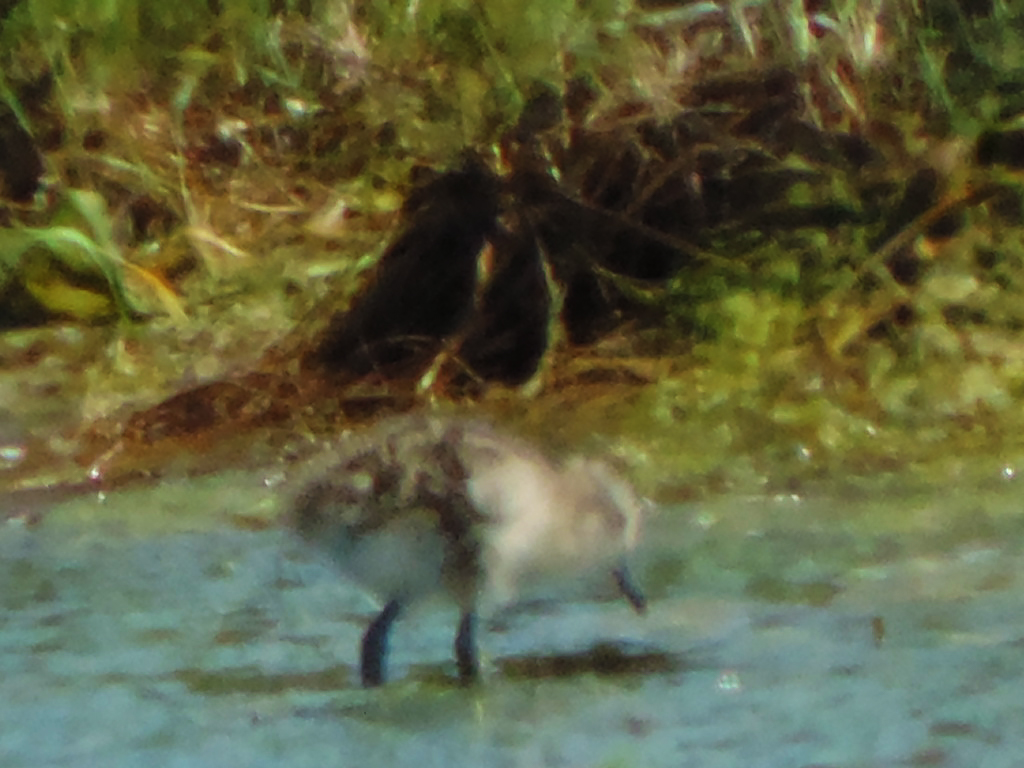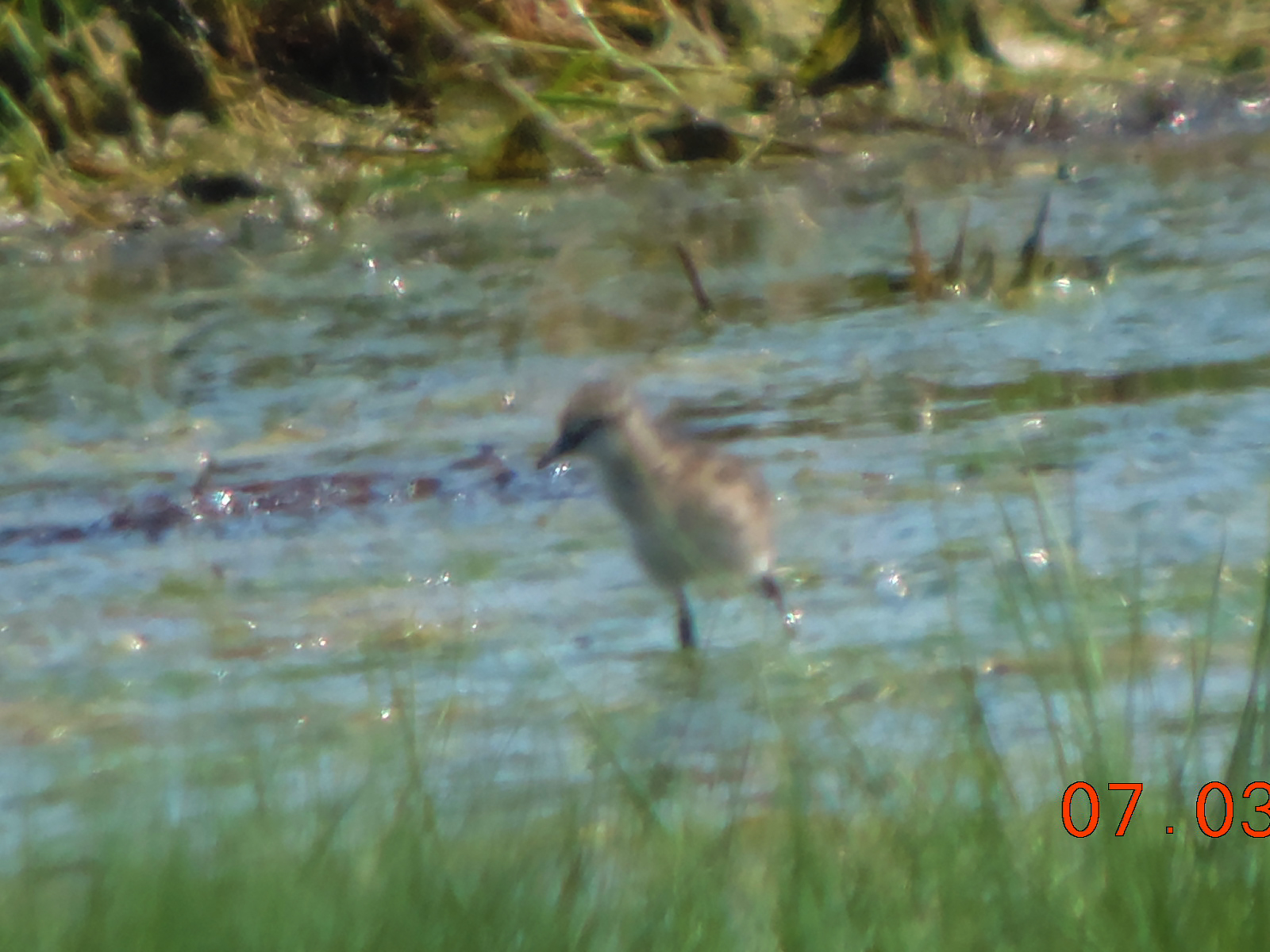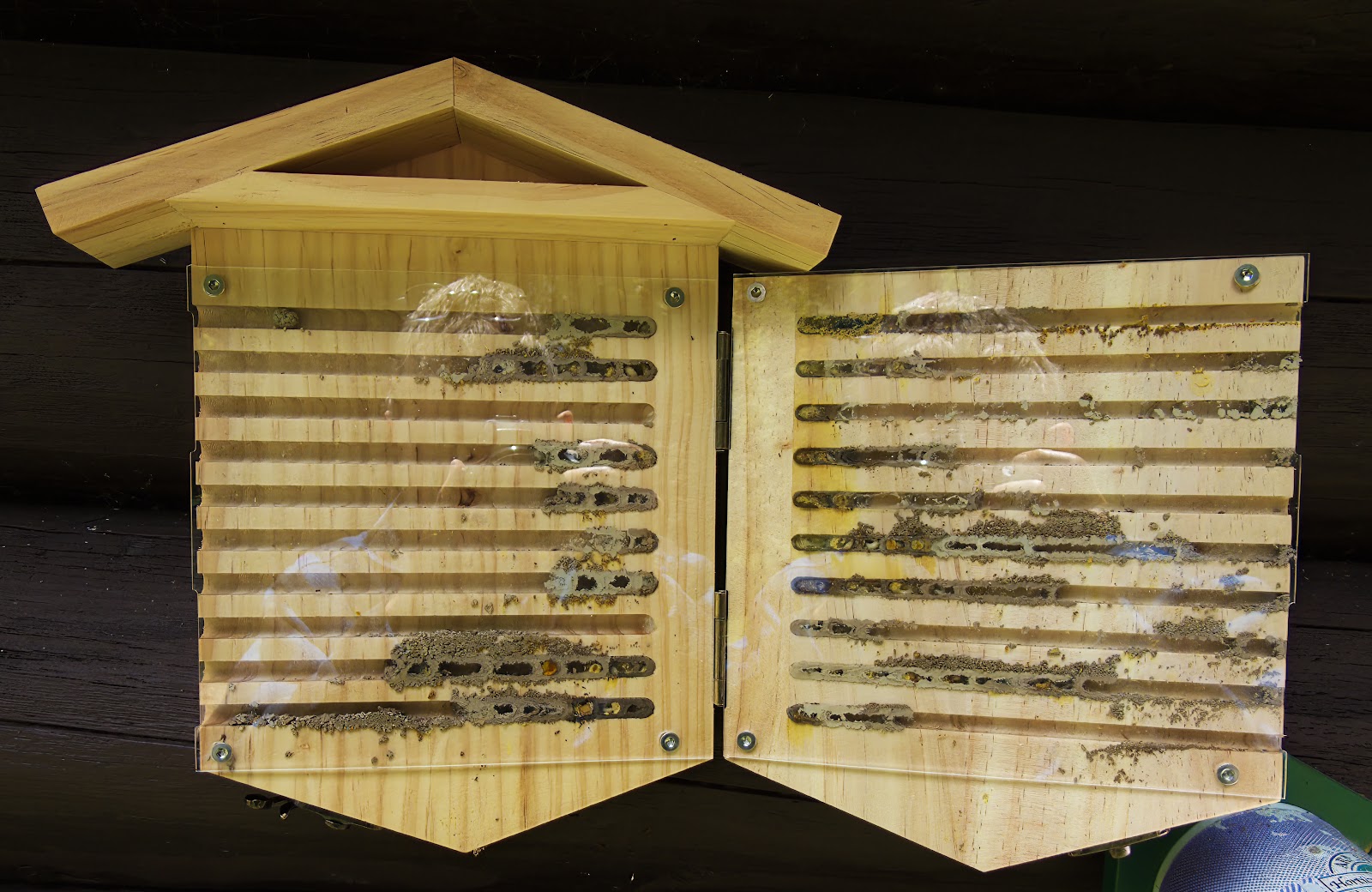NATURE
MONCTON NATURE NEWS
July 4, 2025
Nature Moncton members, as
well as any naturalist in New Brunswick or beyond, are invited to share
their photos and descriptions of recent nature sightings to build a fresh
(almost) daily edition of Nature News
To
respond by e-mail, please address your message to the information line
editor, nelsonpoirier435@gmail.com .
Please
advise the editor at nelsonpoirier435@gmail.com and the proofreader
Louise Nichols at Nicholsl@eastlink.ca if
any errors are noted in wording or photo labelling.
For more information
on Nature Moncton, check the website at www.naturemoncton.com
Proofreading
courtesy of Nichols nicholsl@eastlink.ca
**Aldo Dorio
found a pair of willet with two fledgling chicks at the marsh/shoreline of
the Malpec Rd. near Neguac on Thursday and was able to get documentary photos.
**Shannon
Inman checked some of the fields around their Harvey home to get an open
spread-wing photo of a fresh white admiral butterfly, a male belted whiteface
dragonfly, bird’s-foot trefoil, and a clump of wild roses that
caught her eye.
**The big,
beautiful giant silkworm moths, such as the luna moth, are still on
their adult mating mission. Nelson Poirier has had several luna moths drop by
his moth light, one showing signs of wear. Note the ‘sleepy eye
spots’ on the hind wing in Nelson's photos (arrowed)!
Nelson’s
open-book style mason bee hotel is now showing that some of the eggs have
hatched into larvae and are consuming the pollen stash left by the parent in
the mud nests.
**This
Week’s Sky at a Glance, 2025 July 05 – Ju1y 12
The dome of the night sky appears to be two dimensional, which led the ancients
to propose that the stars were embedded on a crystal sphere beyond the
wanderers of the Sun, Moon and five planets. We now know that the stars are
much farther than the planets, but how much farther? Neptune is the most
distant planet from the Sun, about three times farther than Saturn and 30 times
farther than Earth. Sunlight takes 4.2 hours to reach Neptune but 4.2 years to
reach the closest star, Proxima Centauri. The nearest star we can see easily
from New Brunswick is Sirius at 8.6 light years.
Although the constellations appear to be distinct figures of related stars,
often those stars are at vastly different distances. Rasalhague, the brightest
star of Ophiuchus and which marks his head, is 49 light years away, while the
one at his waist is about ten times farther. Rasalhague is closer to us than it
is to some of the other stars that form the constellation. The constellation
shapes are a matter of perspective but they will look the same from Neptune as
they do from Earth.
Near Antares in Scorpius is the globular cluster M4, one of the nearest such
clusters at 7000 light years. M13 in Hercules is more than three times distant,
and M31, the Andromeda Galaxy, is about one hundred times farther than M13. The
most distant object accessible by a medium-size backyard telescope is the
quasar (an extremely luminous active galaxy) 3C 273 in Virgo, which is a
thousand times farther than M31. And sometimes in Saint John I can barely see
across the street.
This Week in the Solar System
Saturday’s sunrise in Moncton is at 5:34 and sunset will occur at 9:12, giving
15 hours, 38 minutes of daylight (5:43 and 9:14 in Saint John). Next Saturday
the Sun will rise at 5:40 and set at 9:08, giving 15 hours, 28 minutes of
daylight (5:48 and 9:10 in Saint John).
The Moon is near Antares in Scorpius on Monday morning and it is full on
Thursday. Mercury sets 80 minutes after sunset this weekend and one hour
after sunset next weekend. Mars is now setting before midnight and it is
starting to creep sunward. Saturn rises around 12:30 am this week with Neptune
being just above it. On Sunday morning Uranus will be half a binocular field
above Venus but try to see it well before 5:00 to avoid bright twilight.
Jupiter is in the morning sky, visible in twilight next weekend when it rises
an hour before the Sun.
The Saint
John Astronomy Club meets in the Rockwood Park Interpretation Centre this
Saturday at 7 pm.
Questions?
Contact Curt Nason at nasonc@nbnet.nb.ca.
Nelson Poirier.
Nature Moncton











